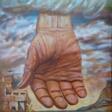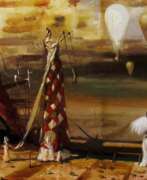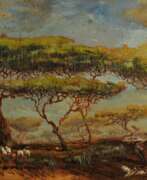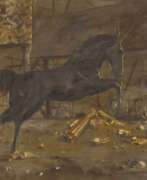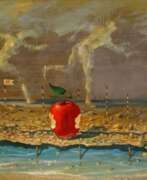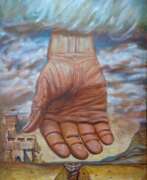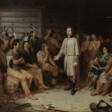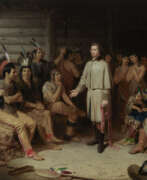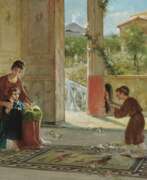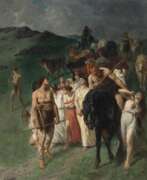History painting
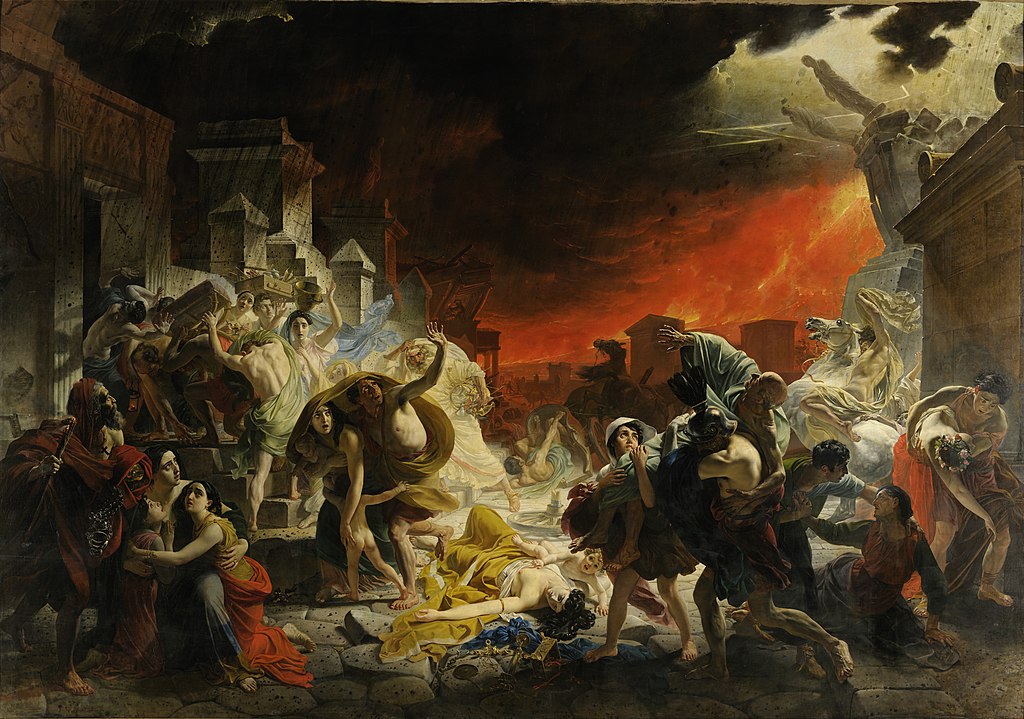
History painting
History painting, a genre dating back to the 16th century, is known for its narrative depth, often depicting scenes from the Bible, mythology, historical events, or allegories. This form of painting was once considered the pinnacle of an academic painter's training, akin to Epic or Tragedy in literature. Its subjects are usually serious, aiming to provide moral lessons or celebrate heroic actions.
The genre's significance lies in its ability to convey grand, often complex stories through visual art. Renowned artists like Raphael and Michelangelo were long considered masters of history painting, with their works in the Vatican Palace being prime examples of the genre in the Grand Manner, a style associated with the High Renaissance. These paintings combine allegories and historical scenes, portraying them with a level of drama and detail that elevates the genre to the highest form of painting as per the hierarchy of genres established by André Félibien in the 17th century.
History painting's importance persisted through the late 18th century, adapting to include contemporary historical scenes. Artists like Benjamin West, for instance, were known for painting recent history, such as "The Death of General Wolfe." This evolution reflected the changing audience for ambitious paintings, which began to gain recognition in public exhibitions rather than solely in private collections.
For collectors and experts in art and antiques, history paintings represent a rich tapestry of cultural and historical narratives, offering insight into the values and stories of past societies. These works not only reflect artistic skill but also serve as historical documents, capturing moments and figures of significance.
For those interested in exploring the depth and diversity of history painting, consider subscribing to updates on this topic. This will keep you informed about new discoveries, exhibitions, and sales of historical paintings, enhancing your collection and knowledge in this fascinating field of art.
| Country: | Europe, Russia, Western Europe |
|---|---|
| Start of the period: | XVI century |
| End of the period: | XX century |
